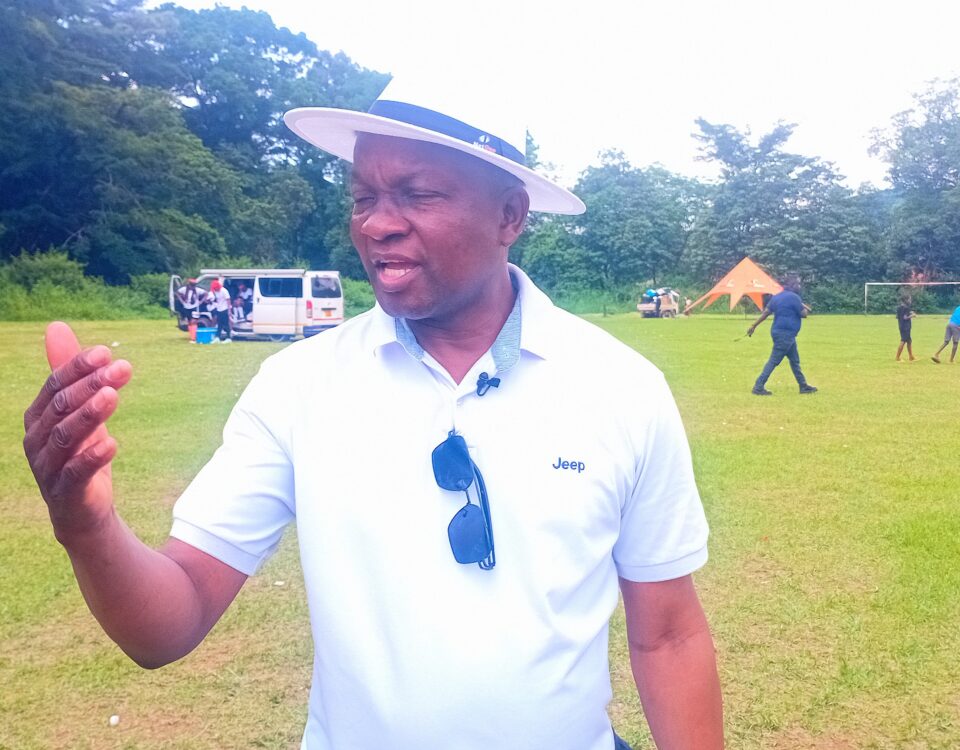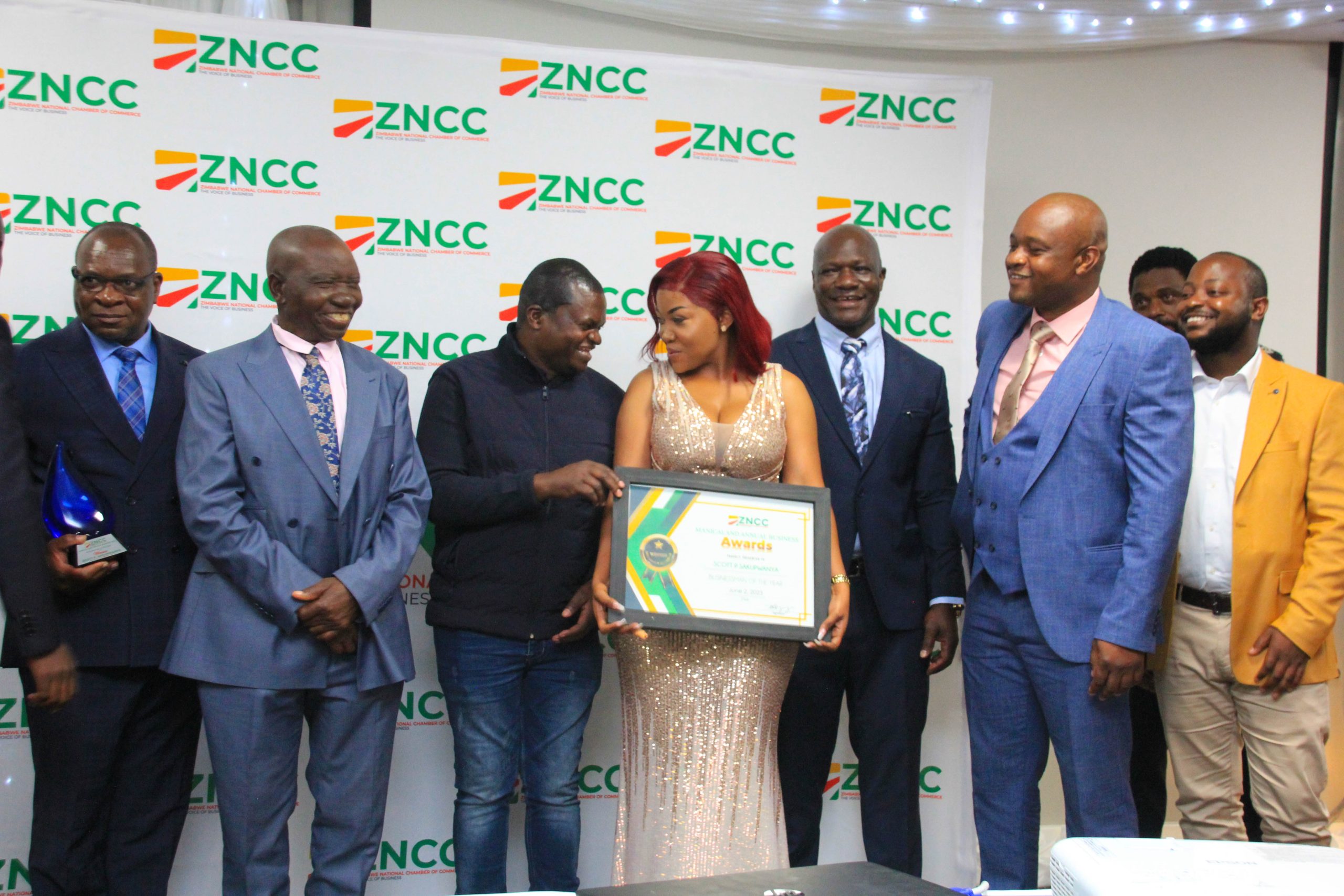
Miners rule the roost at 2023 ZNCC Manicaland business awards
June 9, 2023
Jah Prayzah litmus test at Montclair Winter Fair, Hotel already fully booked
June 17, 2023Mutare Museum’s vintage cars collection a marvel
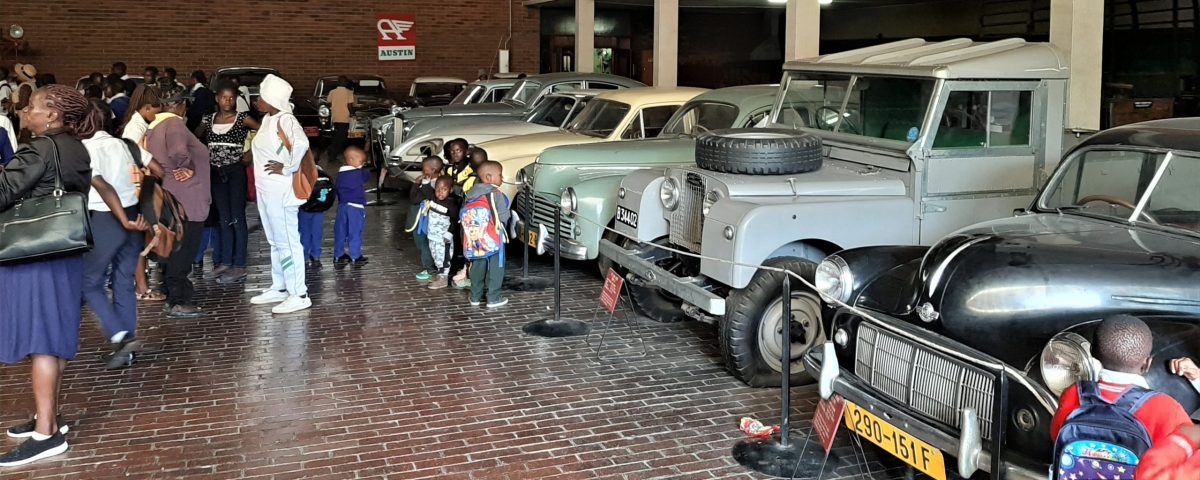
School children and members of the public enjoying the open day at Mutare Museum taking pictures of the vintage cars collection there.
…Schools urged to make use of museums to educate children practically
Ngoni Dapira
FROM the outside it appears to be a lifeless building, but the moment you step into its gallery it feels like you would have stepped into another world. This is the nostalgia that you experience when you enter Mutare Museum, which is one of the five national museums in Zimbabwe.

Mutare Museum entrance
Initially established as a society in 1954 before becoming a national museum in 1959, Mutare Museum is mostly known for its vintage cars collection, but the place also houses some interesting archeological and cultural history displays that are breathtaking. It also has a bird sanctuary with a variety of species of wild birds caged.
Situated just outside the central business district in Mutare along Aerodrome Road, the place is not difficult to locate. The museum which is managed by the National Museums and Monuments of Zimbabwe (NMMZ) has stood the test of time and this year during the International Museums Day commemorations held on 18 May, the museum impressed several visitors that attended the open day visit, especially the school children.
The NMMZ has a national role in presenting and preserving the cultural and natural heritage of Zimbabwe, of which museums play a vital role in fostering this.

Children waiting for their turn to enter the museum.
“Cultural identities are developed, strengthened and celebrated at museums and sites. The NMMZ plays a vital role in forming and strengthening that national identity,” said Chiedza Zharare, the acting regional director who read a speech on behalf of Dr Paul Mupira the eastern regional director.
Of the five national museums, two are located in Bulawayo, the Natural History Museum of Zimbabwe, the largest in the country, and the Bulawayo Railway Museum, whilst the others are the National Mining Museum in Kwekwe, the Zimbabwe Museum of Human Sciences in Harare and Mutare Museum.
The National Mining Museum is dedicated to showcasing Zimbabwe’s mining heritage whilst the Bulawayo Railway Museum, established in 1972, is a railway museum located at Bulawayo railway station, housing several exhibitions of pre-colonial railway trains and wagons and the history of the railway system in Zimbabwe. Its oldest exhibits date back to 1897, including the late infamous British colonizer, Cecil John Rhodes’ personal railway coach.
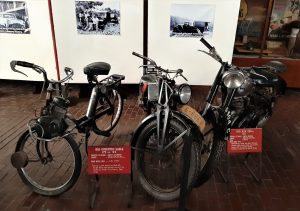
Vintage motor cycle collection at Mutare Museum.
The Zimbabwe Museum of Human Sciences, formerly the Queen Victoria Museum is known for housing the more than 700 year-old Lemba (Remba) relic, the Ngoma Lungundu, which some believe to be a replica of the Ark of the Covenant. It is the oldest wooden object ever found in sub-Saharan Africa. The “ngoma lungundu” belongs to the Lemba people – black Africans who claim Jewish ancestry. They say the vessel was built over 700 years ago from the remains of the original Ark, which the Bible says was used to store Moses’ 10 Commandments. It was believed to have mystical powers.
The Natural History Museum of Zimbabwe which was officially opened in 1964 is a mix of natural history and Zimbabwe’s history. It contains exhibits illustrating the history, mineral wealth and wildlife of Zimbabwe, including the second largest mounted elephant in the world. It is the only natural history museum in Zimbabwe.
The International Museums Day which ran under the theme, “Museums, Sustainability and Wellbeing” was publicly celebrated after a three year hiatus due to covid-19 pandemic regulations.
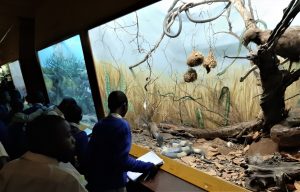
Children being fascinated by the wildlife displays in the museum.
“Museums are key contributors to the wellbeing and sustainable development of our communities. They have a role to play in shaping and creating sustainable futures and they can do this through educational programmes, exhibitions, community outreach and research. So, we encourage schools and the public to make use of our museums to learn more about their history,” said Zharare.


